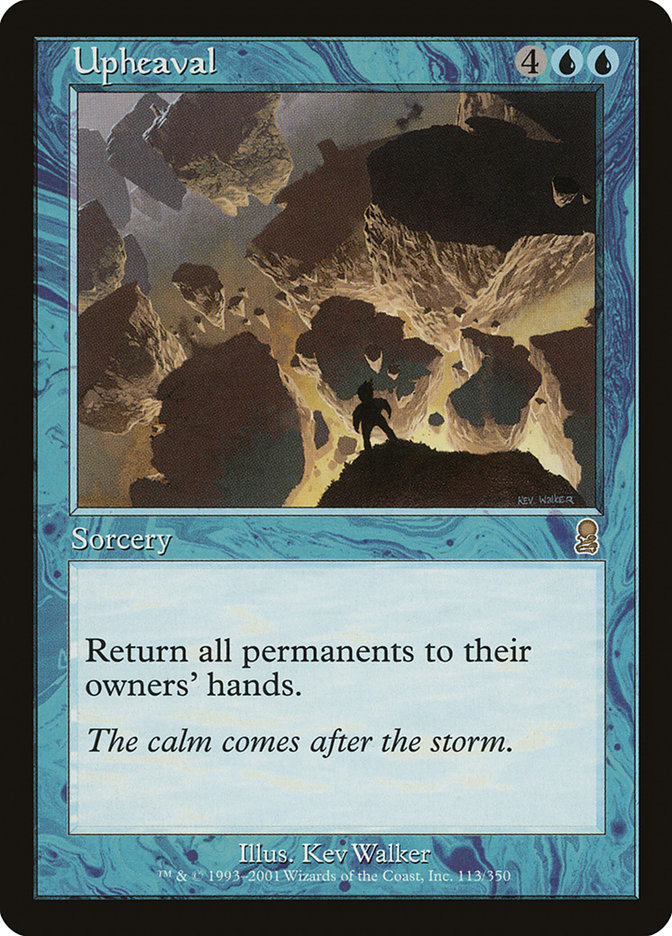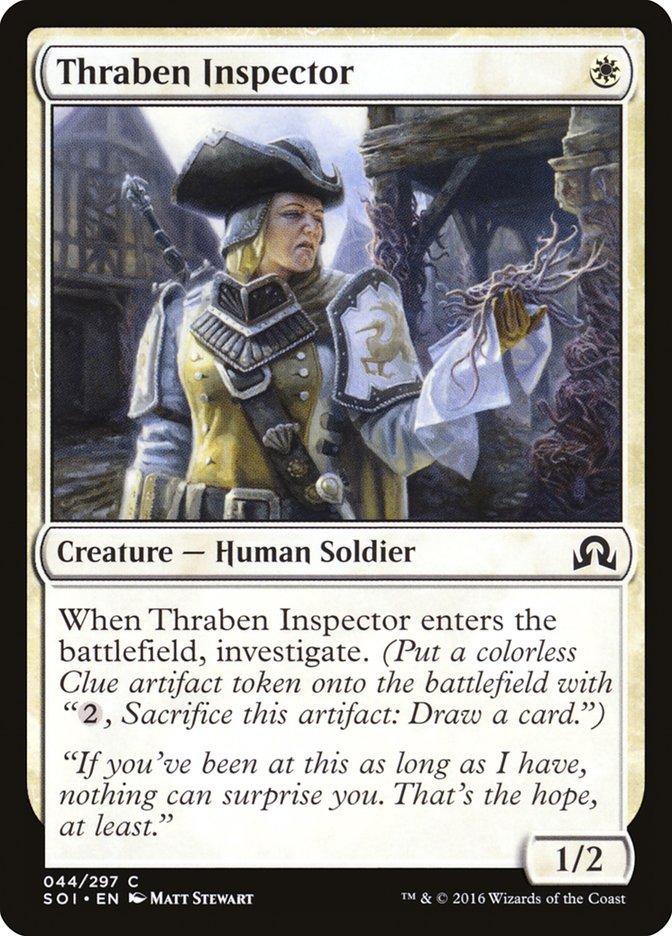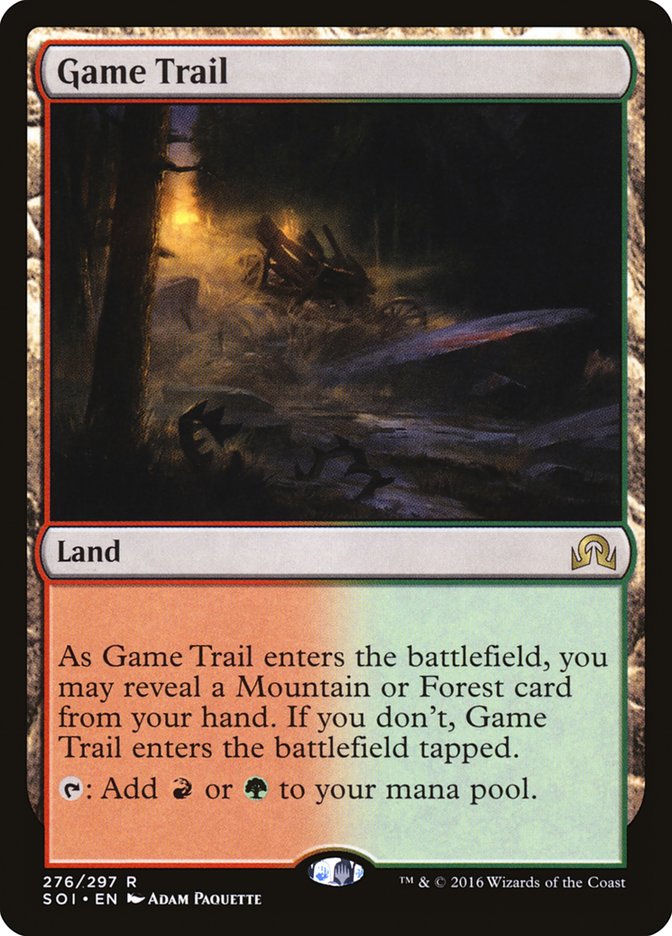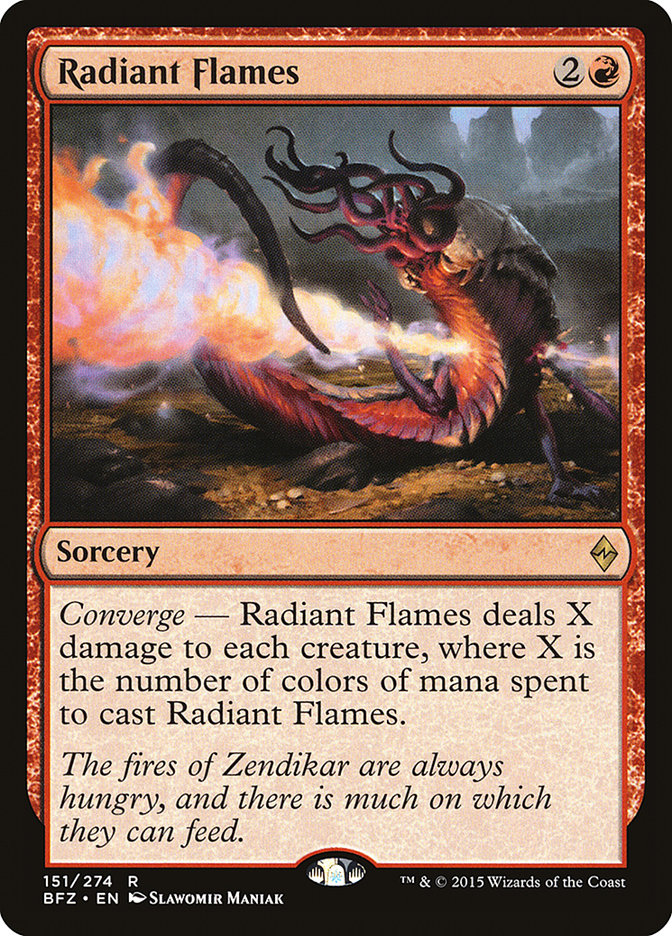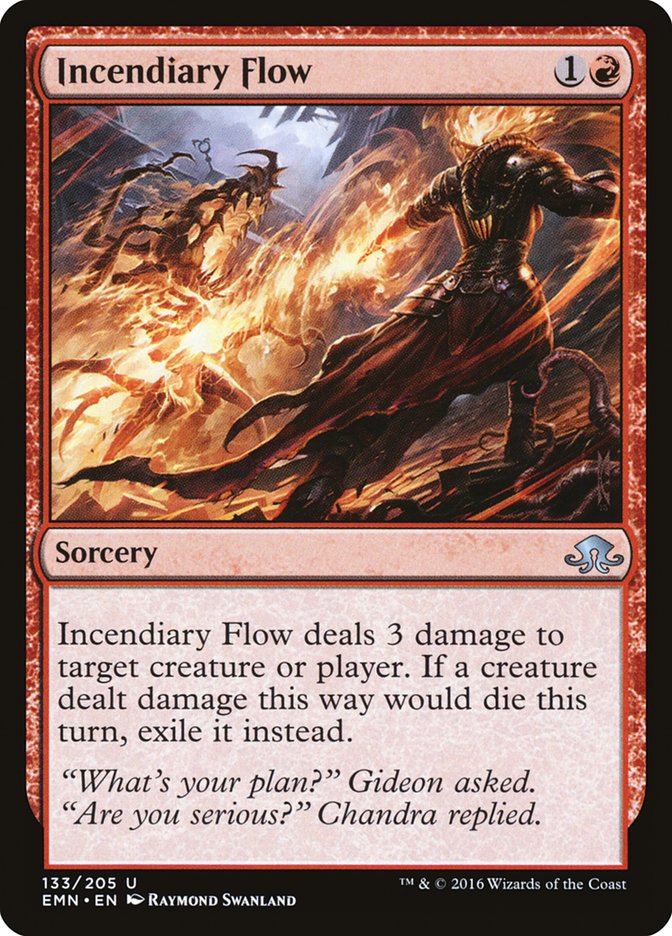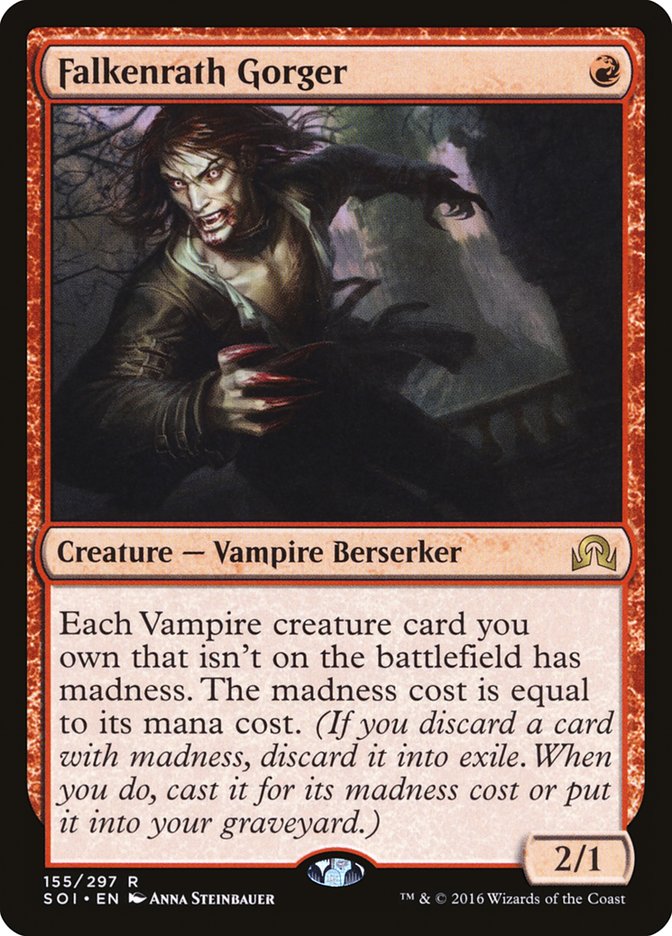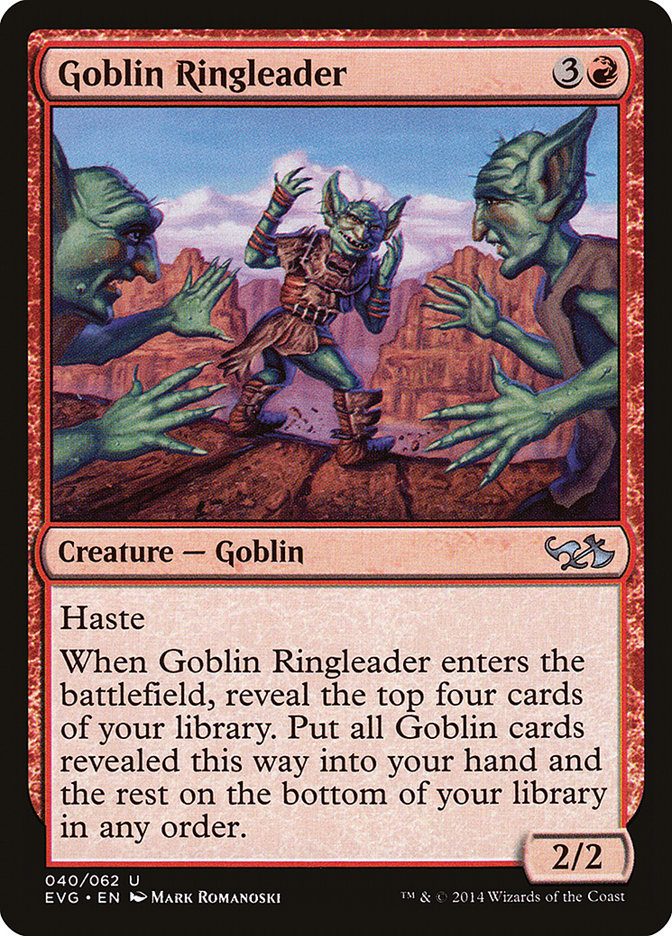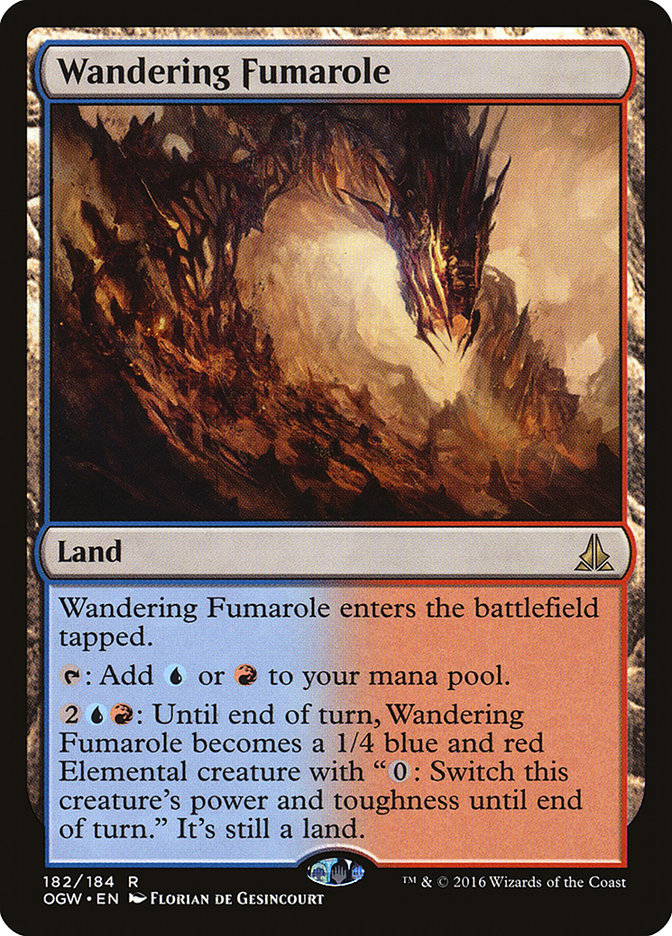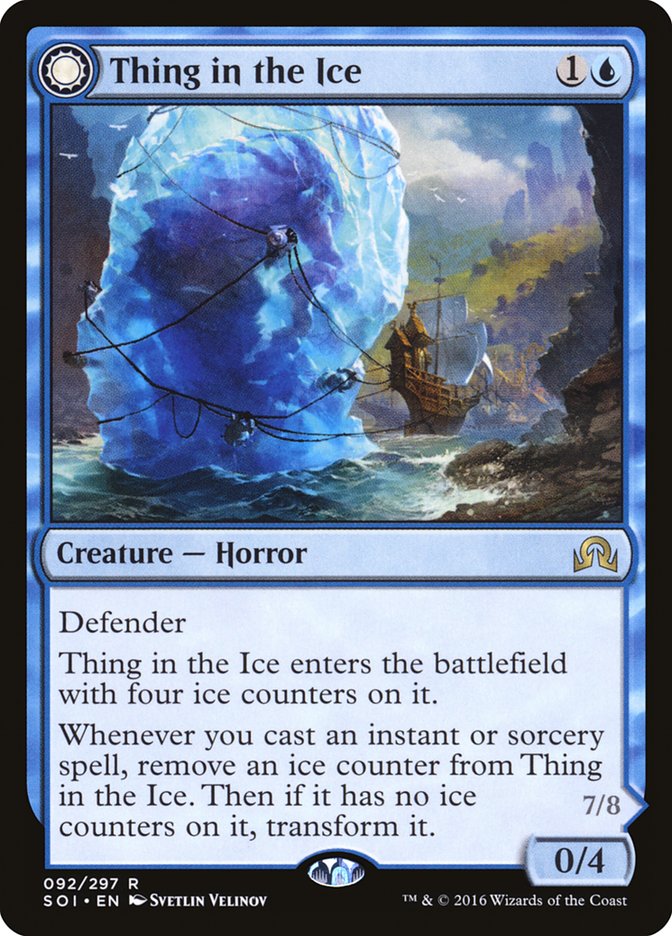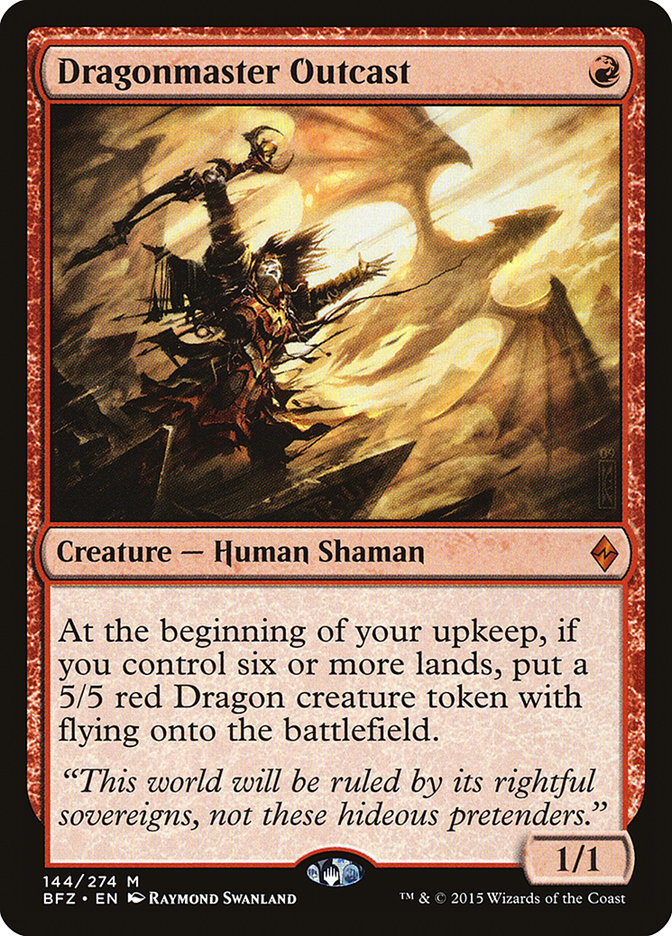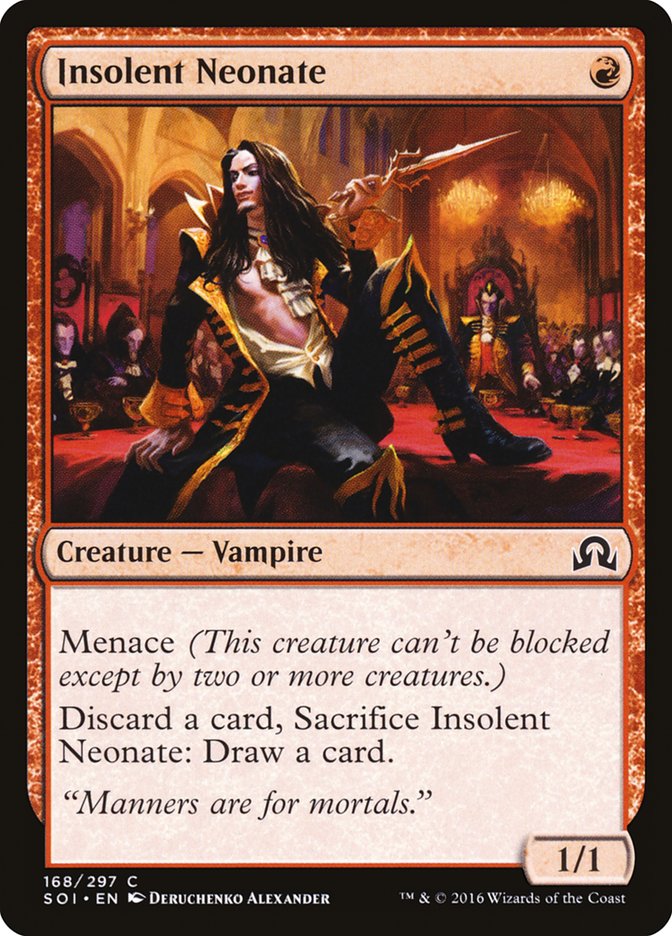“Good lord, when is Gideon, Ally of Zendikar ever going to rotate? It feels like it’s been legal in Standard for the last five years.” – Commonly overheard conversation any time Team MGG is testing Standard
Can you even remember a time when Battle for Zendikar wasn’t Standard-legal?
The year was 2015.
Barrack Obama was President, Taylor Swift’s album 1989 was still at the top of the charts, Star Wars: The Force Awakens revitalized the movie franchise, the Chicago Cubs haven’t won a World Series in over a century, and a very handsome man wins the SCG Tour Players’ Championship. It was a great year, but it feels like a lifetime ago.
Yet here we are, almost two years later, and we are finally ready to say goodbye to Battle for Zendikar from Standard. Not only that, but Oath of the Gatewatch, Shadows over Innistrad, and Eldritch Moon will also be making their way out as well… talk about cleaning house! When Ixalan is released in about a month, Standard will be going from a somewhat bloated eight sets down to a much more normal five.
This is a huge change!
Aside from the obvious exodus of many of the top cards in the format, the dynamic between small and large Standard card pools has a profound impact on how the format plays out. As a format’s card pool gets smaller, individual cards tend to matter more than synergy. It’s harder to put together enough quality cards to make a highly synergistic deck, and therefore it’s harder to make those synergies matter more than the top handful of cards in a format. As a result, the format tends to be a little slower, decks tend to be based around good mythic rares, and quality aggressive and synergy-based decks are difficult to build.
While these sorts of big-picture concepts are important to keep in mind, the most important change to the format is going to be the cards that are leaving it. Ixalan will add many new and exciting cards, but the addition of one new set will have much less impact than the departure of four.
Let’s look at the current top decks in the format and see what they will be losing.
Creatures (18)
- 4 Thraben Inspector
- 1 Thalia, Heretic Cathar
- 4 Scrapheap Scrounger
- 4 Toolcraft Exemplar
- 3 Walking Ballista
- 2 Glorybringer
Planeswalkers (3)
Lands (24)
Spells (15)

Let’s party!
As a control player who has been completely taken off the deck by Gideon, Ally of Zendikar and friends, I can’t help but want to celebrate.
There are a few other minor losses, but Gideon, Ally of Zendikar and Thraben Inspector are linchpins to the entire strategy.
The threat of Gideon has been one of the most defining characteristics of the Standard for the last two years, with the ability to singlehandedly beat control decks and end games with astounding speed. Few cards printed in the last several years are as singularly powerful as Gideon. As such, Mardu Vehicles will need to replace the game-ending ability of Gideon with other threats, likely lowering its mana curve and becoming more aggressive, or finding more power midrange cards to work with.
Interestingly enough, Thraben Inspector may be one of the biggest losses of the rotation. Thraben Inspector is the perfect cog, a card that looks inconspicuous but does many things for many different decks at the lowest possible cost. Thraben Inspector is an artifact for synergy purposes, card advantage, a Human (which will be less relevant with Thalia’s Lieutenant leaving as well), a cheap creature for decks looking to go wide or utilize cards like Always Watching or Cryptolith Rite, a crew activation, and frankly one of the best one-drops printed in a while. Thraben Inspector’s role in Mardu Vehicles is hard to understate, as turning on artifact synergies while crewing Vehicles for only one mana is a big part of what makes the deck work.
While Mardu Vehicles only loses two cards, they are huge ones, and if the deck is going to exist post-rotation, it’s going to have to make some major changes.
Creatures (24)
- 4 Longtusk Cub
- 4 Bristling Hydra
- 4 Whirler Virtuoso
- 4 Servant of the Conduit
- 4 Rogue Refiner
- 3 Glorybringer
- 1 Rhonas the Indomitable
Lands (22)
Spells (14)

For the most part, Brad Nelson’s Temur Energy deck from Grand Prix Denver is a Kaladesh Block Constructed deck, with only a scant few cards leaving via rotation.
Rotation will have a pretty serious effect on how manabases are built in new Standard, with the Battle lands, the creature lands, and the Shadows lands all leaving us. Word on the street is that the Rootbound Crag cycle of lands is going to be in Ixalan, which would replace the Battle lands pretty much straight-up, but replacing the extra value of the creature-lands like Lumbering Falls will be tough.
Otherwise, Temur Energy only loses a few sideboard cards like Tireless Tracker and Radiant Flames. Tireless Tracker is perhaps one of my favorite cards of all time and will leave a big hole in the “midrange trump card” category, but there are always other options in that regard. Likewise, Sweltering Suns can take the place of Radiant Flames fairly easily.
With a slightly slower format on tap, almost no losses to rotation, and the ability to play any awesome Ixalan cards in three of the five colors, Temur Energy has to be an early frontrunner for the post-rotation Standard format.
Creatures (26)
- 4 Falkenrath Gorger
- 3 Village Messenger
- 4 Bomat Courier
- 3 Kari Zev, Skyship Raider
- 4 Hazoret the Fervent
- 4 Ahn-Crop Crasher
- 4 Earthshaker Khenra
Lands (24)
Spells (10)

Our current Pro Tour champion Ramunap Red also loses almost nothing from the rotation.
Incendiary Flow is one of the few reasonable burn spells available in Standard right now, but given the power of Abrade and the prevalence of creatures in the format, it is not even being played in high numbers. Given the lack of good burn spells in the last few years (Open Fire? Really?), I would not be surprised to see a solid replacement in Ixalan.
Otherwise the deck loses two of its one-drops in Falkenrath Gorger and Village Messenger, but neither is that exciting anyway. Village Messenger is often cut from current Ramunap Red decks. Having played the card before, its only real strength is that it makes sideboarding easier because you almost always take it out. Falkenrath Gorger is better, but a red Savannah Lions is replaceable.
Ramunap Red looks to be in fantastic shape after rotation and is likely one good Ixalan one-drop and burn spell away from being a potential top deck in the format. Given that it loses almost nothing in power level, the general weakening and slowing down of the format going from eight sets to five is also a huge win for the deck.
Creatures (21)
- 4 Relentless Dead
- 4 Diregraf Colossus
- 4 Cryptbreaker
- 1 Metallic Mimic
- 4 Lord of the Accursed
- 4 Dread Wanderer
Lands (25)
Spells (14)

Perhaps one of my favorite Standard decks in a long time, Zombies unfortunately has a lot of power tied up in Shadows over Innistrad/Eldritch Moon.
We come to our first real casualty of rotation.
Zombies may have finally come to prominence with the release of Amonkhet and its subsequent breakout and victory at Pro Tour Amonkhet, but the core of the deck was already available from Shadows over Innistrad and Eldritch Moon. Dread Wanderer, Lord of the Accursed, and Liliana’s Mastery helped push the deck over the top, but the card advantage of Cryptbreaker, Diregraf Colossus, Relentless Dead, and Dark Salvation made Zombies so much more than just a Merfolk or Sliver “play my lords, pump my team” deck.
In a weird sort of way, Zombies played out a lot like Goblins decks of old.
It certainly has aggressive curve out draws that can pressure and kill quickly, but the real allure is how well it controls the battlefield and gains card advantage. Cryptbreaker literally just draws cards, but cards like Dark Salvation and Diagraf Colossus help to turn one card into many while simultaneously helping to build and improve your battlefield. Zombies was a unique synergy deck that was good at beating up on Ramunap Red as well as midrange decks, and will be missed.
Oh, and a quick word on Grasp of Darkness. You will be missed! Grasp of Darkness is one of the best removal spells in the format and it looks like its replacement is going be Walk the Plank:
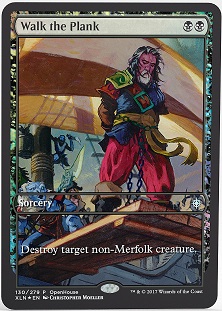
While Walk the Plank is a good Magic card and a solid removal spell, being a sorcery is miles different from being an instant in a world of Glorybringers, Heart of Kirans, and Ahn-Crop Crashers. I hope we get a suitable instant-speed replacement.
Creatures (20)
- 2 Kalitas, Traitor of Ghet
- 3 Tireless Tracker
- 4 Grim Flayer
- 2 Verdurous Gearhulk
- 4 Winding Constrictor
- 1 Rishkar, Peema Renegade
- 4 Walking Ballista
Planeswalkers (5)
Lands (23)
Spells (12)

Winding Constrictor will certainly have a place in the new Standard format, but the Snake’s supporting cast will have to look different.
The Traverse the Ulvenwald delirium engine has been a major player in Standard for as long as it has been legal, fueling more typical Grim Flayer B/G Delirium decks as well as eclectic emerge decks of various color combinations. That engine and all the cards that go along with it, like Ishkanah, Grafwidow and Mindwrack Demon, are leaving us now.
Also leaving are a pair of three-mana planeswalkers that have both seen significant amounts of play in various Standard decks over the last year. Nissa, Voice of Zendikar is especially good in concert with Winding Constrictor but was a key cog in the G/W Tokens decks. Liliana, the Last Hope is even more powerful, providing both card advantage and battlefield control in a neat little package. The loss of both cards reduces the angles of attack available to any deck that would have played them, forcing them to lean more on creatures which are easily dispatched.
Again we see Tireless Tracker and Kalitas, Traitor of Ghet, two very powerful cards that are ideal fits into midrange decks. Both are almost unbeatable if not dealt with, and the advantage they provide will be difficult to replace.
It’s not hard to imagine that most B/G Constrictor decks are going to go down the energy path with cards like Longtusk Cub and Glint-Sleeve Siphoner, which remains mostly untouched.
Creatures (12)
Planeswalkers (2)
Lands (25)
Spells (21)

G/R Ramp is not a major player in the format currently, but it contains one of the most powerful fatties ever printed that is finally leaving Standard for good.
Ulamog, the Ceaseless Hunger changed the way that ramp decks are built. In the past, ramp decks would try to get to six or seven mana to cast their big finisher: Inferno Titan, Cloudthresher, or what have you. Ulamog had much steeper demands, but also an almost unbeatable payoff. Ulamog also provided the format with the ultimate end-game— any slower deck had to be aware of the fact that they were going to eventually have to try to beat an Ulamog, which was not an easy task.
This Standard rotation releases the format of that stress.
Kozilek’s Return without Eldrazi isn’t really a big loss, and World Breaker without Kozilek’s Return was never really good enough anyway. Chandra, Flamecaller has been a trump card before, but it ultimately pales in comparison to Chandra, Torch of Defiance.
The big thing to note here is the exodus of the Eldrazi from the format. Whether it’s the format’s ultimate end-game in Ulamog, the Ceaseless Hunger or the mid-level Eldrazi like Thought-Knot Seer, they will all be moving on to Modern.
Creatures (4)
Lands (25)
Spells (31)
- 4 Magma Spray
- 2 Essence Scatter
- 4 Harnessed Lightning
- 4 Glimmer of Genius
- 4 Disallow
- 4 Censor
- 3 Hieroglyphic Illumination
- 2 Sweltering Suns
- 3 Abrade
- 1 Hour of Devastation
Sideboard

For the brave souls who’ve been trying to play control decks for the last year, there is some good news.
You lose almost nothing!
Wandering Fumarole was a nice but non-essential tool that is your only maindeck loss, and Thing in the Ice and Dragonmaster Outcast leaving forces you to find some new sideboard creatures to play. Otherwise the U/R Control deck is completely left intact. Furthermore, the exit of Gideon, Ally of Zendikar is a huge gain for the deck, as Gideon has almost singlehandedly held control in check for the last year.
Control decks always have to adapt to their new formats regardless, but the tools that were there remain.
Creatures (26)
- 4 Insolent Neonate
- 2 Cataclysmic Gearhulk
- 4 Angel of Invention
- 4 Minister of Inquiries
- 4 Trophy Mage
- 4 Walking Ballista
- 4 Champion of Wits
Lands (23)
Spells (11)
Sideboard

Our last deck is perhaps one of the newest brews on the block, putting three copies in the Top 16 of GP Denver in the hands of such notable names as Corey Burkhart, Mike Sigrist, and Owen Turtenwald.
If you slide out the four copies of Insolent Neonate from Corey’s decklist, you have a completely legal post-rotation Standard deck.
Insolent Neonate is definitely a nice cog in the engine that makes this God-Pharaoh’s Gift deck tick, but not a necessity. It’s possible we end up with some sort of replacement from Ixalan, and it’s also possible the deck could go back to its straight blue and white roots as well.
Either way, it’s safe to say that God-Pharaoh’s Gift is very likely to be a major player in Ixalan Standard, with the number of copies of Abrade floating around being a major factor in how well it does.
To my knowledge, this is going to be the largest Standard rotation in the history of the format. There are tons of cards that may not be super-popular at the moment but have had their day in the sun at one point or another over the last two years that are leaving as well, and it’s going to feel odd not having them at our disposal.
Preview season for a new set is always an exciting time, but remember that our goal is to do the best job we can at understanding our new formats as quickly as possible to get a leg up on the competition. Now is the time to examine what the loss of four sets of cards to Standard is going to mean for the metagame, so we can better understand the effect the new cards will have.
And to you, Gideon, good riddance!



